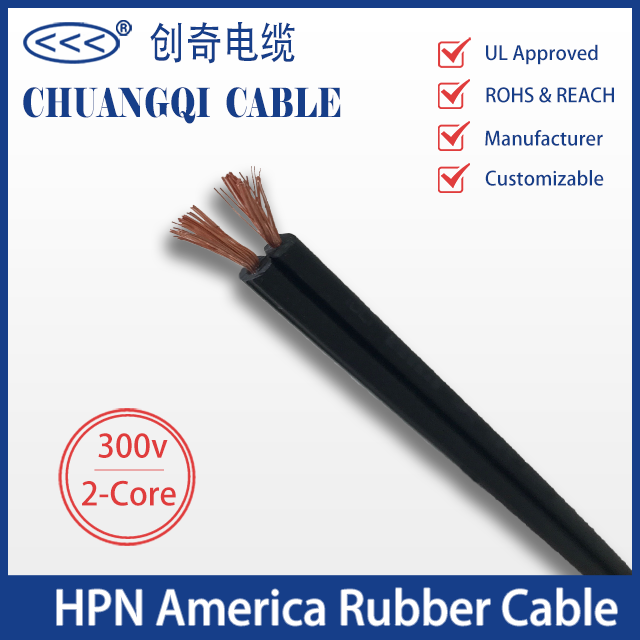Are cables and wires the same material? Many friends ma […]
Are cables and wires the same material? Many friends may be stupid and confused. In fact, cables and wires are different in size, structure, purpose, and so on. So what are the differences between cables and wires?
1. Cable definition
A cable is made of several wires or groups of wires, which are insulated from each other, twisted around a central wire, and covered with a high-level insulation layer. The processing starts from the conductor, and the cable products are wrapped by insulation, shielding, cable formation and sheathing. The more complex the product structure, the more layers.
2. Wire definition
Wires are made of conductive metal wires that carry current. There are several forms of wire, stranded or foil braided and so on. According to the insulation status, there are two types of bare wires and insulated wires. The flexible cylindrical conductor is covered with insulation, and the length is greater than its cross-sectional size.

Third, the difference between cables and wires
1. Cables and wires are mainly composed of three parts, namely the core wire, the insulating sheath and the protective sheath. The wire is made by covering the outer layer of the wire with a light and soft protective layer; while the cable is made of metal or rubber on the outer wire as a covering layer, which is mainly used to transmit electrical signals.
2. Wires, as conductive wires that carry current, can be divided into stranded, solid, foil braided, etc. according to their form. According to the insulation status, it is divided into bare electricity and insulated electricity. The cable consists of mutually insulated conductive wires placed in a sheath. The surface is covered with a protective coating, which is mainly used for transmission, distribution or transmission of electrical signals. The biggest difference in appearance is that the cable size is larger and the structure is more complicated, while the size of the wire is smaller and the structure is simpler.
3. The biggest advantage of the cable is that it occupies less space and the insulation distance between the wires is not much different. If it is laid underground and will not occupy the space above the ground, it will not be affected by the surrounding environmental pollution. The power transmission is very reliable and safe. It will cause interference to people and the surrounding environment. Therefore, cables are often used in densely populated and traffic congested locations, which play a very important role in modernization.